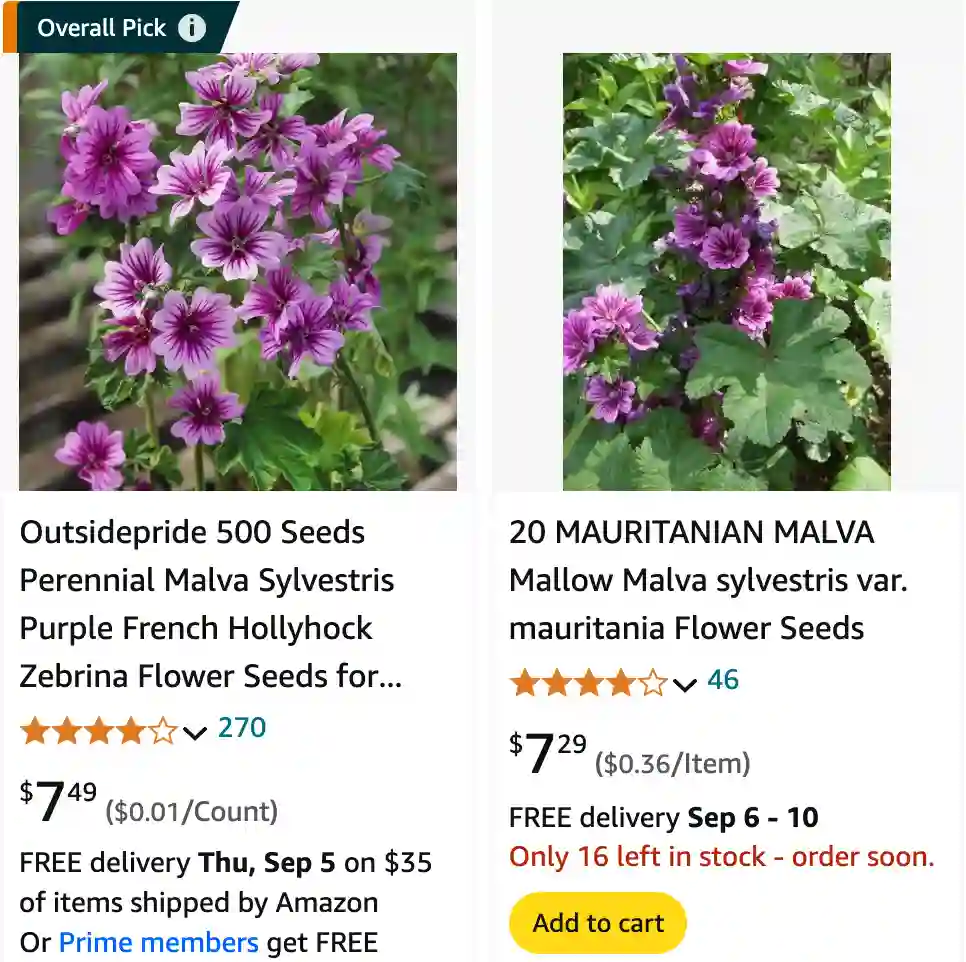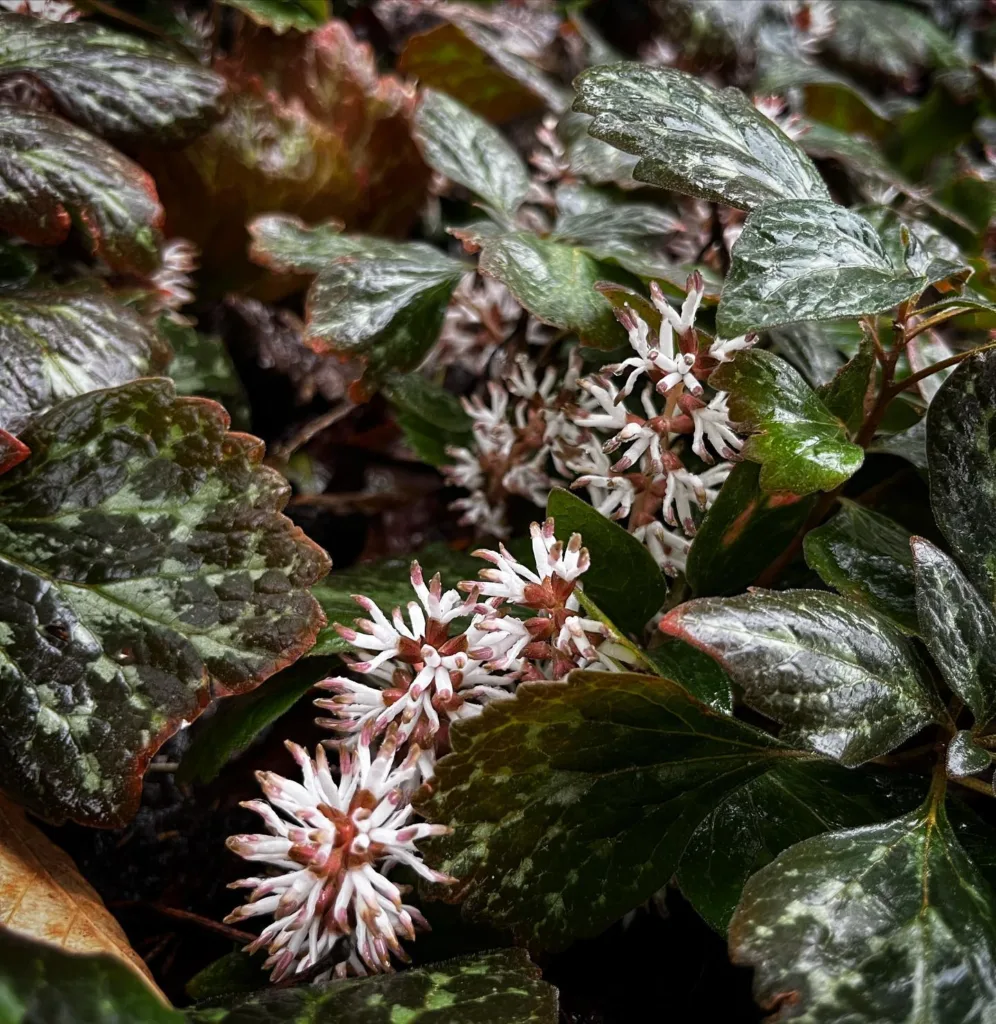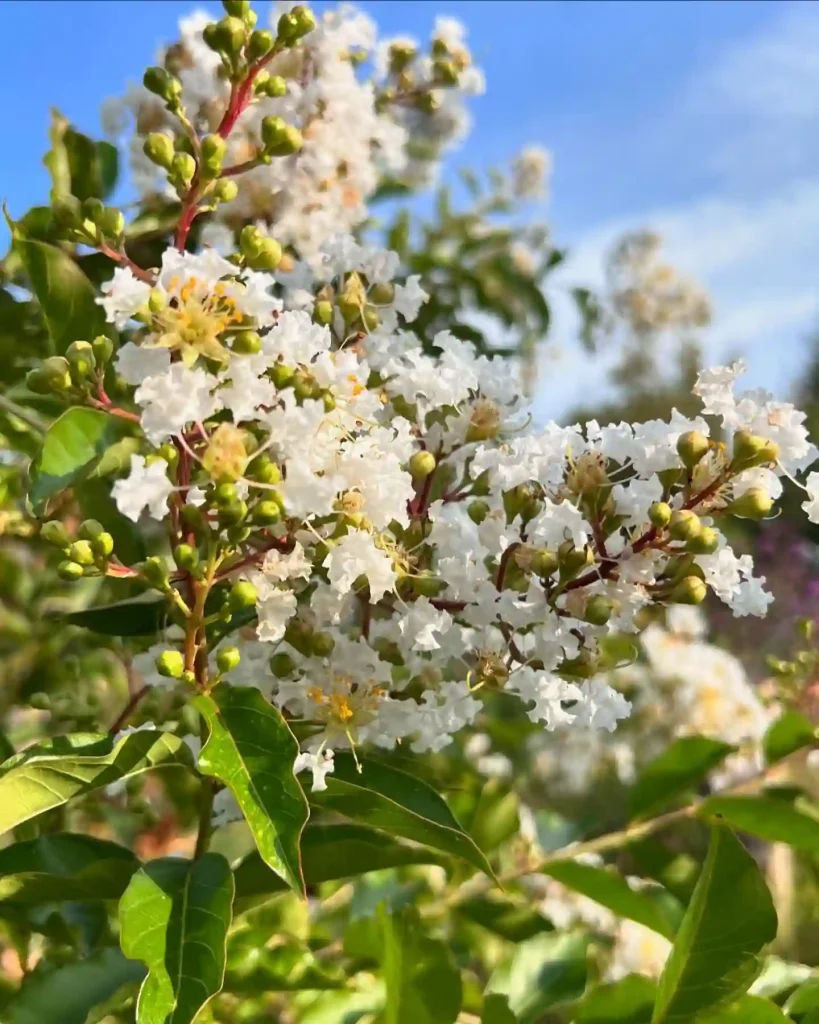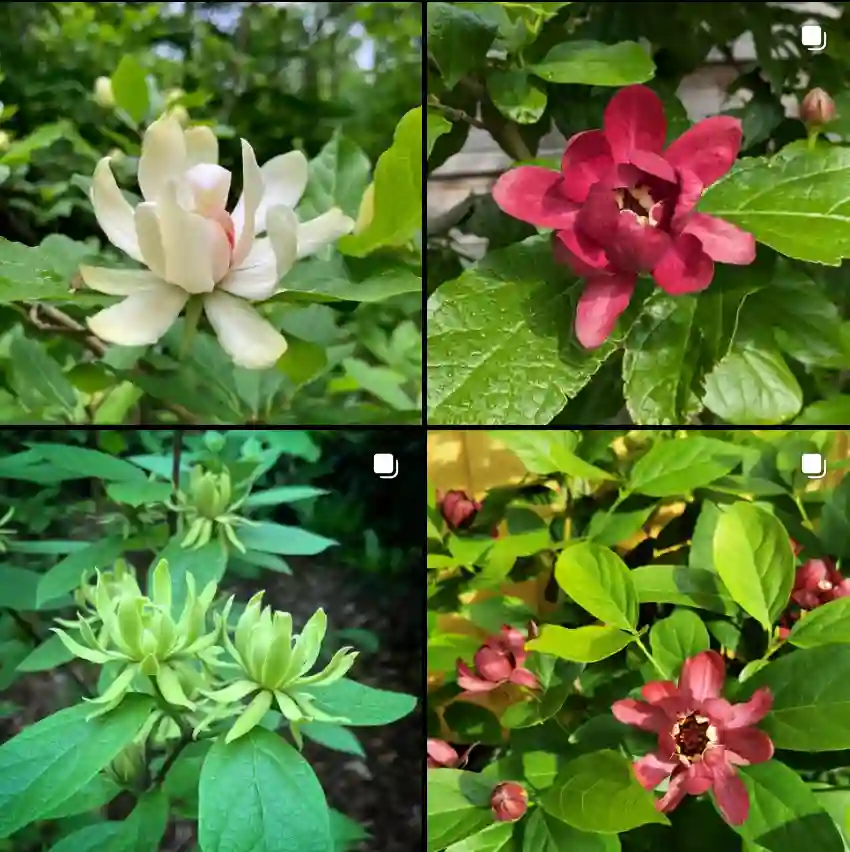
What is Malva Sylvestris?
Malva Sylvestris, commonly known as the common mallow or wild mallow, is a versatile and charming perennial plant native to Europe and Western Asia. This herbaceous plant is appreciated for its striking, showy flowers and its ability to thrive in various conditions. With its vibrant, pink or purple blooms and rounded leaves, it’s a favorite among gardeners and herbalists alike.
62 Species in Genus Malva
How to Grow Malva Sylvestris
Growing Malva Sylvestris is relatively straightforward, making it an excellent choice for both novice and experienced gardeners. Here’s a step-by-step guide to get you started:
- Choose the Right Location: Malva Sylvestris thrives in full sun to partial shade. It prefers well-drained soil but can tolerate a range of soil types, including clay and sandy soils.
- Planting: You can start Malva Sylvestris from seeds or seedlings. If sowing seeds directly into the ground, do so in early spring after the last frost. Space the seeds or seedlings about 12 to 18 inches apart to allow for their spreading habit.
- Watering: Water the plants regularly, especially during dry spells, to keep the soil moist but not waterlogged. Established plants are fairly drought-tolerant.
- Fertilization: Malva Sylvestris doesn’t require heavy feeding. A balanced fertilizer applied in the spring will suffice.
How to Care for Malva Sylvestris
Caring for Malva Sylvestris involves a few key practices:
- Pruning: To keep your plant healthy and encourage more blooms, prune Malva Sylvestris back after the first flowering period. Remove spent flowers and cut back any leggy growth. This helps promote a second bloom and maintains a neat appearance.
- Pest and Disease Management: While generally pest-resistant, Malva Sylvestris can occasionally be affected by aphids or powdery mildew. Treat aphid infestations with insecticidal soap and manage mildew with appropriate fungicides or by ensuring good air circulation around the plant.
- Winter Care: In colder climates, mulch around the base of the plant to protect the roots from freezing temperatures. In warmer regions, Malva Sylvestris is usually evergreen.
How to Propagate Malva Sylvestris
Propagating Malva Sylvestris is mainly done through seeds or cuttings. Here’s how:
- Seeds: Collect seeds from the mature plant and store them in a cool, dry place. Sow them in spring or autumn directly into the soil or in seed trays.
- Cuttings: Take softwood cuttings in late spring or early summer. Dip the cuttings in rooting hormone and plant them in a pot with well-draining soil. Keep the soil moist until roots develop.
Is Malva Sylvestris Invasive?
Malva Sylvestris can be invasive in certain regions, especially if conditions are favorable for its spread. It self-seeds readily and can form dense stands, which may crowd out native plants. To manage its spread, regular pruning and removing spent flowers before seed set can help control its invasive potential.
Is Malva Sylvestris a Perennial?
Yes, Malva Sylvestris is a perennial plant. It will return year after year, often growing larger and more robust with each season. In colder climates, it may die back in winter but will regrow from the base in spring.
Is Malva Sylvestris Edible?
Malva Sylvestris is indeed edible. Its leaves, flowers, and seeds are all edible and can be used in a variety of culinary applications. The leaves can be added to salads or soups, while the flowers can be used as a garnish. The plant has a mild flavor and is often used in herbal remedies.
Is Marshmallow Root the Same as Malva Sylvestris?
Marshmallow root and Malva Sylvestris are not the same, though they are often confused. Marshmallow root comes from Althaea officinalis, while Malva Sylvestris is a different species. Both plants have been used in traditional medicine, but they have distinct properties and uses.
What is Malva Sylvestris Called in Tamil?
In Tamil, Malva Sylvestris is known as “Mullu Thamarai.” This name is used to refer to the plant in regions where Tamil is spoken, particularly in parts of Southern India.
Malva Sylvestris vs Malva Neglecta
Malva Sylvestris and Malva Neglecta, commonly known as the neglecta mallow, are similar but distinct species. Malva Sylvestris typically has larger, more rounded leaves and larger flowers, while Malva Neglecta has smaller, less conspicuous blooms and smaller leaves. Both are used in herbal medicine, but their appearances and growing habits differ.
Can You Grow Malva Sylvestris Indoors?
Malva Sylvestris is generally grown outdoors due to its size and light requirements. However, if you have a bright, sunny indoor space and enough room for the plant to spread, you could grow it indoors. Ensure it receives adequate light and air circulation to mimic its natural growing conditions.
Benefits of Malva Sylvestris
Malva Sylvestris offers several benefits:
- Ornamental Appeal: Its vibrant flowers add beauty to gardens and landscapes.
- Culinary Uses: The plant’s leaves and flowers are edible and can be used in cooking.
- Medicinal Uses: Traditionally used for its soothing properties in herbal remedies.
Common Problems
Malva Sylvestris can encounter a few common issues:
- Powdery Mildew: This fungal disease causes white powdery spots on leaves. Improve air circulation and apply fungicide if necessary.
- Aphids: These pests can be controlled with insecticidal soap or natural predators like ladybugs.
By understanding these aspects of Malva Sylvestris, you can effectively grow and care for this delightful plant in your garden. Whether you’re interested in its beauty, culinary uses, or medicinal benefits, Malva Sylvestris is a versatile addition to any plant collection.
If i die, water my plants!



